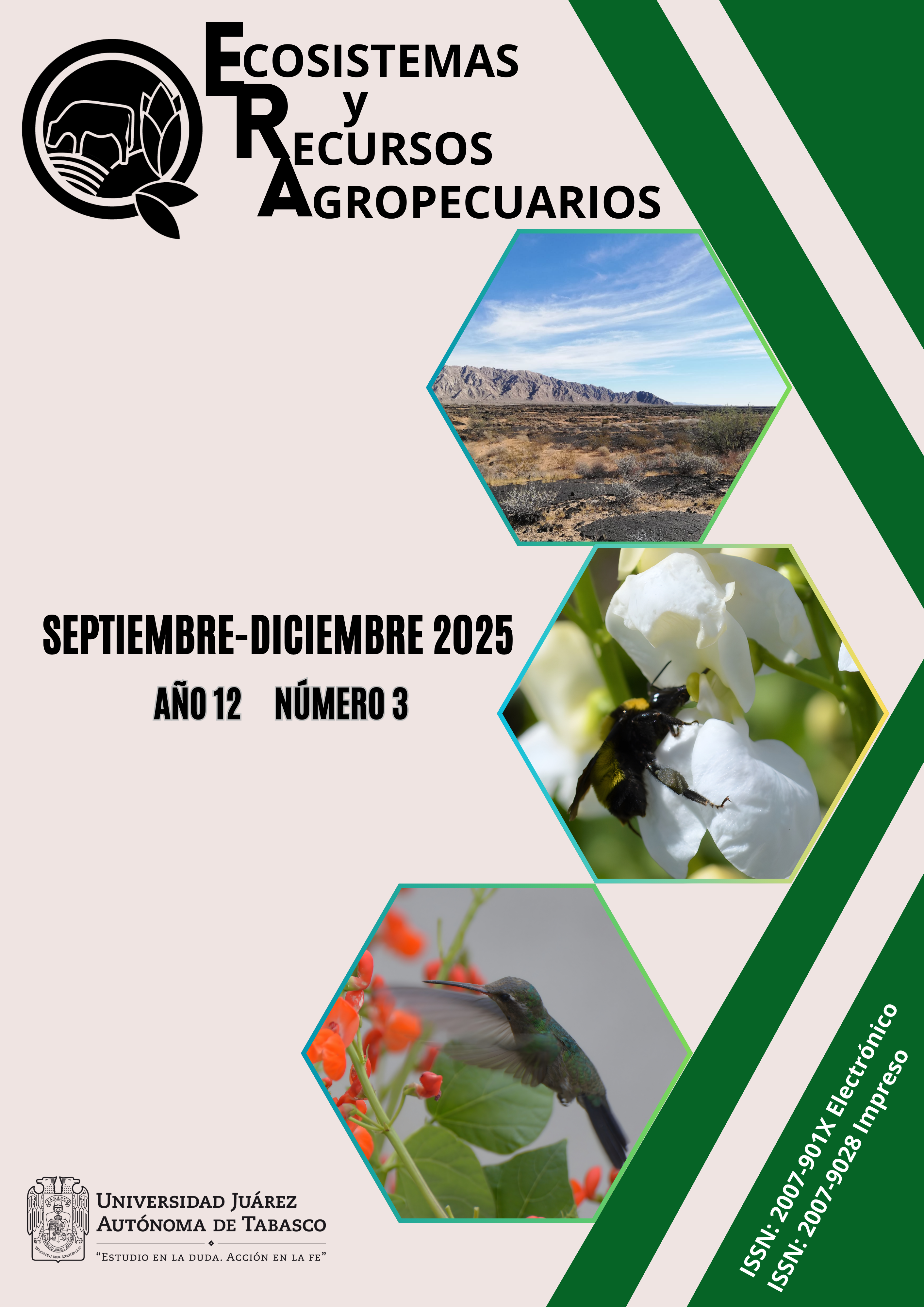Special Issue “Science and Sustainability in Agricultural Production”
Given the importance of disseminating scientific knowledge generated in the fields of agricultural sciences, with a focus on resource conservation, responsibility, and sustainability, and given the space allocated for this purpose by the journals included in the National System of Scientific and Humanistic Publications (SNPCyH) of the Secretariat of Science, Humanities, Technology, and Innovation (SECIHTI) and in the Journal Citation Reports (JCR) index, we invite you to participate in the Special Issue “Science and Sustainability in Agricultural Production” of the journal Ecosistemas y Recursos Agropecuarios (ERA)
Read more about Special Issue “Science and Sustainability in Agricultural Production”
